So the story goes, Frankenstein was born one stormy summer’s night on Lake Geneva in 1816. Mary Godwin, her lover Percy Shelley, and their traveling companion Lord Byron decided to have a competition to see who could come up with the creepiest horror story. In a dream, Godwin imagined Frankenstein: Even though she was just 18, her story was unanimously declared the winner. Two of the most feted poets of their age knew brilliance when they saw it.
If there was a competition among fashion designers today, Miuccia Prada would, you’d wager, trounce the overwhelmingly male opposition.Tonight in the Fondazione she presented a monster of a collection—dark and alienated, but twistedly pretty too—that will have her acolytes stumbling, entranced, to the stores.
Let’s hear the premise from Mrs. P—tonight’s true storyteller—herself: “Basically it had to be a romantic show. And mainly I was interested in the understanding of humanity: weakness and the more delicate and naked aspects of humanity also. The rejected . . . the one who doesn’t have a career. It was set against a very tough world—that is why war and military was in the air. But to make it not boring and for the fashion—because fashion has to be light somehow—we borrowed the symbols of trashy horror movies. From Frankenstein to The Rocky Horror Picture Show and all those movies. Frankenstein is the example of the monster with a big, big heart who searches for love.”
That’s why Gigi Hadid was in a cutely pleated, crystal-studded gown that Janet Reiss would have relished. And why the models walked among 120 oversize light bulbs with helter-skelter elements glowing in the gloom. And why menswear shirting featured lightning bolts zigzagging to the heart, or the closing knitwear pieces—the Pradaphile trophies of the season—featured felt hearts attached by safety pin.
Beneath the horror—the horror!—Prada was doing the time warp (again), to compelling effect. All in black or gray, the men’s suiting was classic boxy-shouldered, high-notch-lapelled house fare. Triple-belting distracted the eye, but was a styling detail. For women, the fitted, strapped off-shoulder silhouette, also classic to the house, was presented in its barest and hence possibly most versatile and desirable form. One strapless black dress featuring six billows pockets—a sort of field dress—was a fabulous contrast of distilled femininity and military.
There were jackdaw, trophy-post asides in boldly colored marabou trimmings on hats and shoulders. Many of the models were heaped with backpacks worn high on the back that pushed the sternum forward. Mrs. P was almost dismissive of this detail. She was much more interested in the origin story of Frankenstein and Mary Godwin, who first released her yarn in 1818, anonymously. “This woman in the 19th century, she could not publish her book. She invented Frankenstein but the poet Shelley had to publish it . . . because they didn’t publish a book written by a woman.” At this Prada paused and assumed a satisfied expression: “Although it seems that in literature now, if you are not a woman you don’t sell. So men, now, they change their names into women’s names!”
Or as Mary G herself wrote: “Beware; for I am fearless, and therefore powerful.”

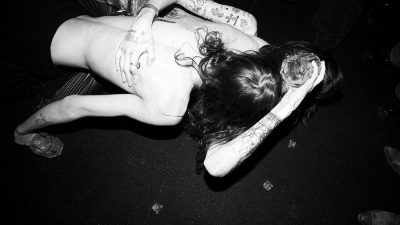
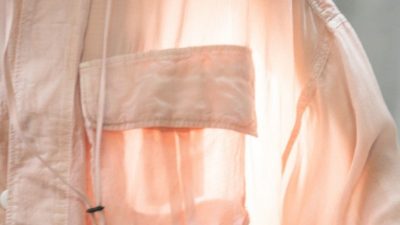
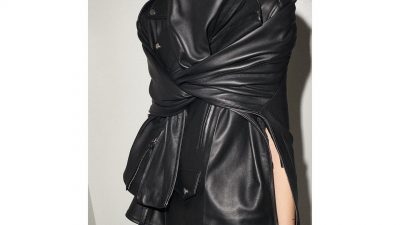
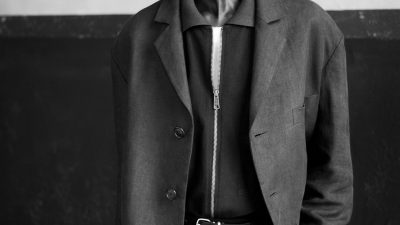

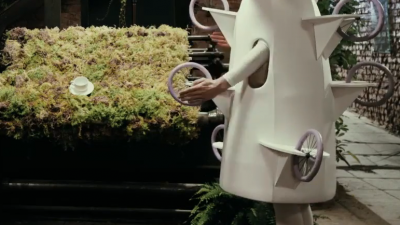
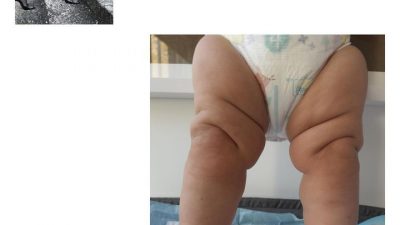
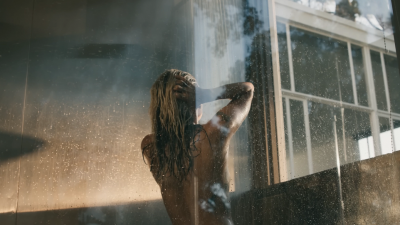
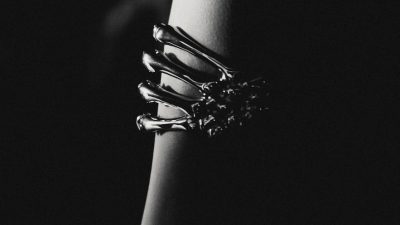
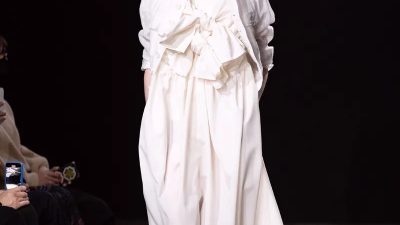
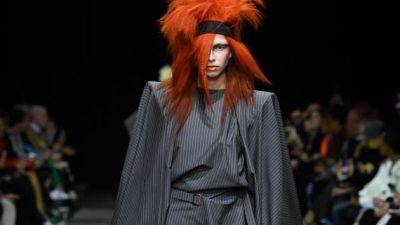
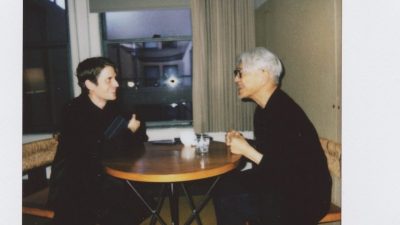


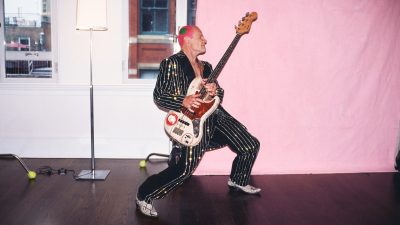
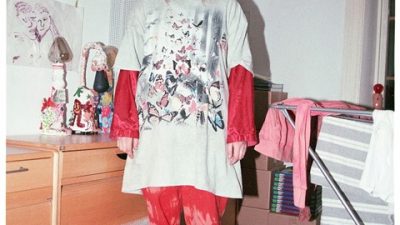
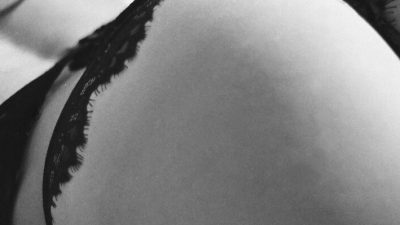
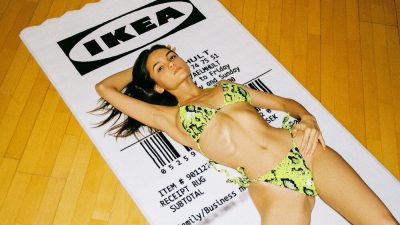
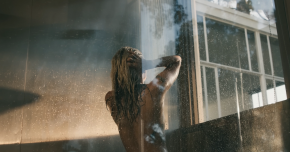
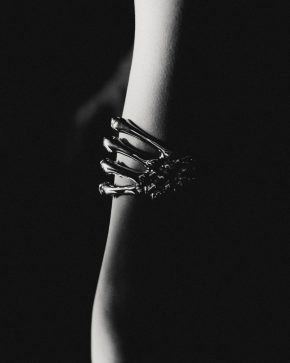
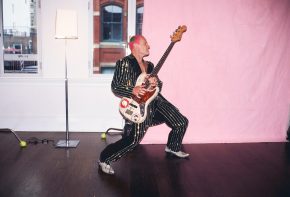
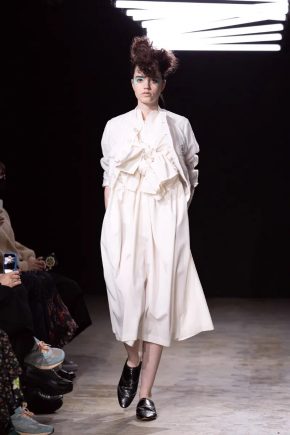
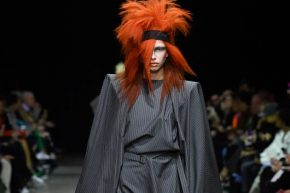
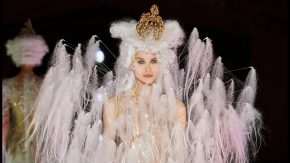
Comments